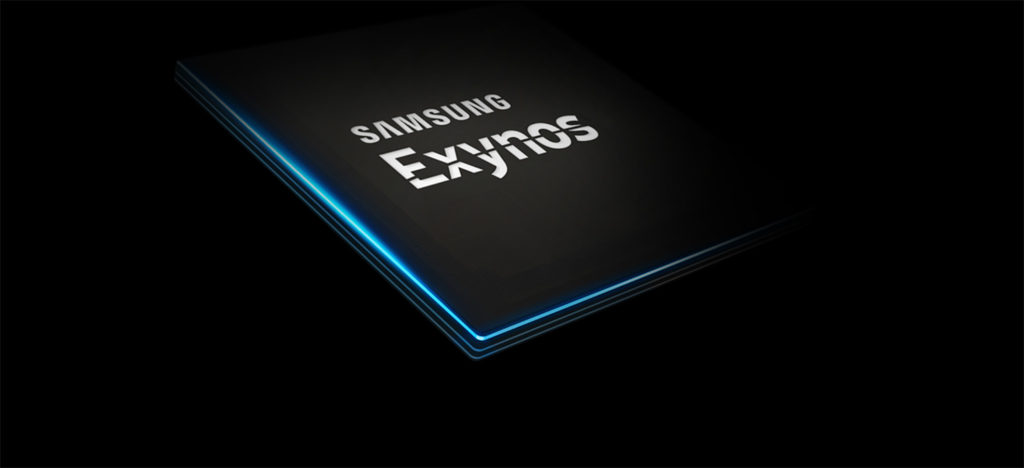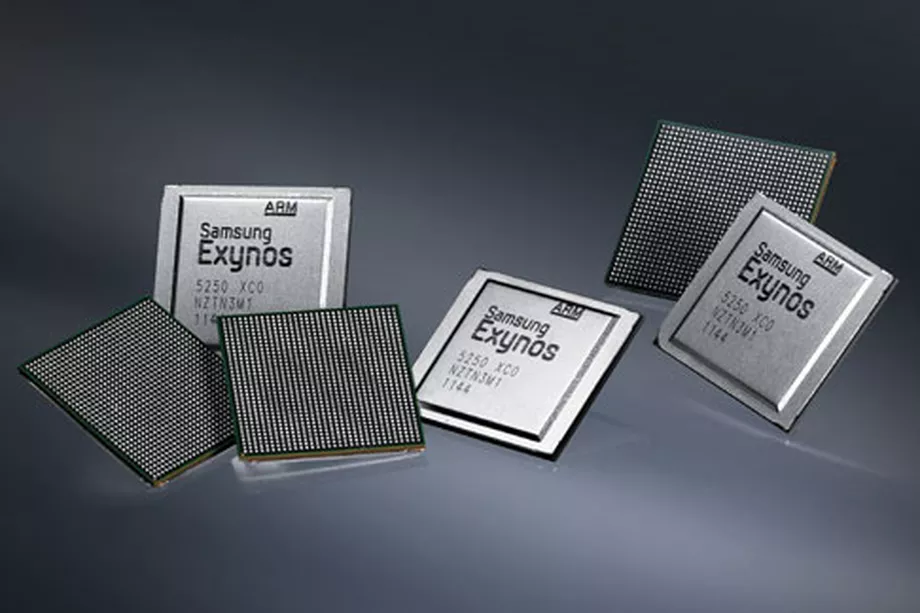Samsung did not provide any performance figures for the Exynos 2200, nor did it reveal how quickly the AMD RDNA2-based Xclipse 920 GPU compared to the competition or the Mali-G78 featured in the Exynos 2100 from last year.
Thankfully, the first results have arrived, demonstrating that the Snapdragon 8 Gen 1 continues to reign supreme in the Android charts while also exposing why Samsung chose not to display the performance statistics we’re talking about.
The Exynos 2200 is expected to appear in the Galaxy S22 Ultra. According to MySmartPrice, the flagship achieved 965,974 points in AnTuTu, while the SoC scored 1108 in single-core and 3516 in multi-core on Geekbench 5. Because the Exynos 2200 uses the same tri-cluster CPU design as the Snapdragon 8 Gen 1, the Geekbench 5 results are exactly what we expected.
The GPU performance gap is significant since the Exynos 2200 uses AMD’s RDNA2-based Eclipse 920, whilst the Snapdragon 8 Gen 1 uses it’s Adreno 730. Despite Samsung’s claims that the new graphics engine will offer ‘console grade visuals’ to smartphones, the recent revelation demonstrates that the Eclipse 920 is slower than the Adreno 730. The GPU performance gap is significant since the Exynos 2200 uses AMD’s RDNA2-based Eclipse 920, whilst the Snapdragon 8 Gen 1 uses it’s Adreno 730. Despite Samsung’s claims that the new graphics engine will offer ‘console grade visuals’ to smartphones, the recent revelation demonstrates that the Eclipse 920 is slower than the Adreno 730.
These are unconvincing results from a chipset that is supposed to take advantage of a superior GPU architecture, implying that the Eclipse 920 will need some tweaking. This could also explain why Samsung didn’t share performance metrics during its official presentation, but they’re now publicly available. Stay tuned to see if the Korean manufacturer can tweak the graphics processor and achieve better results than the ones you’re seeing right now.
also read:
Chip powering the new Apple AR Headset will boast Performance Similar to M1 Pro










